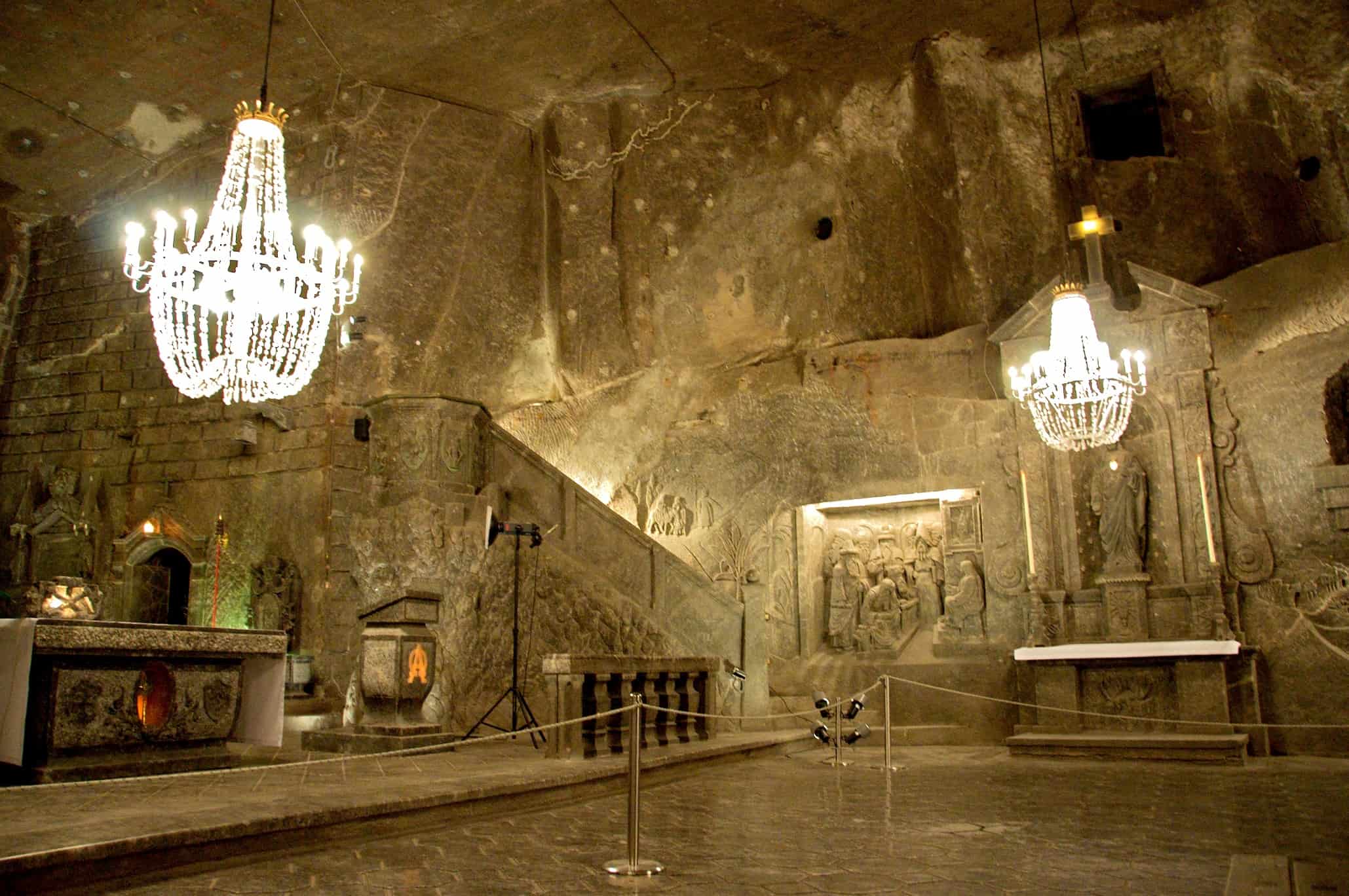Poland has a long history dating from around 700 BC. Through multiple cultures, occupations and wars, the country has changed and grown, becoming both a rich store of history and a modern, thriving nation.
Old Town, Krakow
Krakow is one of the oldest cities in the country, dating back to the 7th century. It was that capital of the country at one time and remains a centre of art, academics and economics. The entire historic centre, known as the Old Town has been named by UNESCO as a World Heritage Site and the larger Krakow is a GaWC Global City. Even the castle that overlooks the city is unique as it was built over a dragon’s cave in the 1300s.
Krakow was the royal capital of the country for many centuries and the coronation route taken by the kings runs through the district. Start the Royal Route walk at St. Florian’s Church at the northern end of Market Square – this was the medieval city of Kleparz, now a district of Krakow. Continue to the Krakow Barbican, one of the few remaining pieces of the city walls and defensive barriers that protected the city. Step through the Gothic Florian Gate, the only remaining city gate and follow the road up the hill to the castle.
The Market Square is the largest medieval square in Europe and is about 40,000 square metres. The Renaissance-style Cloth Hall sits in the centre and houses modern shops in its ornate walls. Palaces, churches and townhouses surround the square while tourists wander through the centre, enjoying buskers and the cafes that circle the square.
Masurian Lake District
 https://www.flickr.com/photos/photosolojam/
https://www.flickr.com/photos/photosolojam/
More than 2,000 lakes were created during the Pleistocene ice age and are connected by a series of canals and rivers that cover about 52,000 square km in the northeastern section of the country. The entire region was a finalist for the New 7 Wonders of Nature and is popular both for the beauty of the district and the practicality of the water routes. The area was used by the Teutonic Knights during the 13th century and the Duchy of Prussia in the Late Middle Ages.
Hikers can explore an ancient fortress, historic churches and old growth forest while boaters can travel established trails that connect the lakes. The region includes 11 nature reserves, a Biosphere reserve and a Bison breeding station. History buffs can explore the areas involved during the First and Second Battles of the Masurian Lakes that took place during World War I and fans of ancient architecture will want to see the 1889 Rotary Bridge weighing 100 tonnes and yet so well balanced that a single person can operate it.
Wieliczka Salt Mine, Wielczka
 https://www.flickr.com/photos/teachandlearn/
https://www.flickr.com/photos/teachandlearn/
Not far from Krakow, this 13th century mine continuously produced table salt until 2007 when it was finally shut down due to economics and flooding of the mine. The mines were used by the Germans during World War II and carvings made by Jewish slave labor can be found on the walls.
The most fascinating part of the mine is not the history however, it’s the carvings. Into the caverns of salt, workers have carved dozens of statues, three complete chapels and an entire cathedral. The underground works are so unique that the salt Mines have been listed by UNESCO.
More than 2000 caverns have been carved out and the mines include an underground lake. The tours available show less than 2% of the total mine but include the chapels, cathedral and a chandelier made entirely of salt crystals. The tour ends in the museum situated 135 m below the surface and houses mining equipment used hundreds of years ago.
Slowinski Sand Dunes, Slowinski National Park
 https://www.flickr.com/photos/polandmfa/
https://www.flickr.com/photos/polandmfa/
In the distant past the Baltic Sea stretched farther in to the country before receding to its present location a bit farther away. The actions of the wind and waves still bring sand to the area and the dunes grow and shrink with time, seeming to move across the land. As the dunes move, the remains of forestland is uncovered and recovered.
About half the park is made up of lakes, two of which were previously connected to the Baltic. A number of rivers cross the park and a fair amount of the area is wetland. The region has a very diverse wildlife population including a large number of water fowl.
The final section of the park is forest composed of mainly pine along with some peat bogs. Deer, elk and other mammals inhabit the forested areas and eagles and owls enjoy the tops of the trees.


